
The Smart Texan’s Guide to Beating the Heat: Budget-Friendly Home Upgrades
Every summer, Texas breaks its own records. With more than 100 days of 100°F+ temperatures in some regions, surviving the season is about more than just blasting the AC—especially when energy prices are on the rise. That’s why Texans across the state are looking for affordable, energy-smart upgrades that help keep their homes cool without driving up electricity bills.
In extreme heat, homes without proper insulation, window protection, or efficient air conditioning become heat traps. Not only is this uncomfortable, but it also causes cooling systems to work overtime, wasting energy and shortening the lifespan of your equipment. And if your home is older or built with minimal weatherproofing, you’re likely losing money every time the AC kicks on.
The good news? You don’t have to spend a fortune to make meaningful improvements. Many of the most effective heat-fighting upgrades—like adding attic insulation, applying reflective window films, or installing a smart thermostat—are surprisingly budget-friendly and offer a quick return on investment. In fact, simple changes can reduce indoor temps by up to 10°F and cut cooling costs by as much as 30%, according to the U.S. Department of Energy.
Extreme heat is no longer a once-in-a-while event in Texas—it’s a recurring reality. Making smart, strategic home upgrades now not only improves your comfort during the summer, but also boosts your home’s energy efficiency year-round.
Affordable Insulation Upgrades That Actually Work
Insulation isn’t just for staying warm in the winter—it’s one of the most powerful (and overlooked) ways to stay cool in the brutal Texas summer. A well-insulated home resists heat transfer, meaning your air conditioner doesn’t have to fight as hard to maintain a comfortable temperature. The result? Lower energy bills and a cooler home—without cranking the AC all day.
The most important (and affordable) place to start is your attic. In summer, attic temperatures in Texas can soar past 150°F, and without a barrier, that heat radiates straight into your living spaces. Adding blown-in cellulose or fiberglass insulation to your attic is a low-cost project with high returns. According to the EPA, homeowners can save up to 15% on cooling and heating by properly insulating attics, crawl spaces, and walls.
Next, tackle air leaks. Drafts around doors, windows, or even electrical outlets allow hot air in and cool air out. Sealing these gaps with weather stripping and spray foam sealant is inexpensive and can be done in a weekend. Focus on:
- Door frames and thresholds
- Window edges
- Baseboards and wall penetrations (pipes, wiring)
For older homes with little or no wall insulation, injection foam insulation is a budget-conscious retrofit option that doesn't require tearing down walls. It's ideal for reducing radiant heat transfer without major remodeling.
And don’t forget about insulated curtains or cellular shades. These simple window treatments can block heat and UV rays, making rooms significantly cooler while protecting furniture from sun damage.
Reflective Roofing & Radiant Barriers: Shielding Your Home From the Sun
Texas roofs take a beating. With daily highs soaring well past 100°F in the summer, traditional dark shingles absorb and retain solar heat, radiating it down into your attic and living spaces. But with the right materials, your roof can become a powerful shield rather than a heat trap.
Reflective roofing, also known as "cool roofing," is designed to reflect more sunlight and absorb less heat than standard roofing materials. These roofs use reflective granules, metal coatings, or light-colored membranes to bounce heat away. A cool roof can lower roof surface temperatures by up to 50°F, which helps reduce indoor temperatures significantly. That means less AC use and more comfort for less money.
If a new roof isn’t in your budget, radiant barriers are an excellent, lower-cost option. Installed under your roof decking or stapled to attic rafters, radiant barriers are thin sheets of reflective material (usually aluminum foil) that block radiant heat transfer from the sun. They can reduce attic temperatures by 10–30°F and are especially effective in sunny climates like Texas.
Both of these options are particularly valuable for single-story homes or homes with large roof surfaces exposed to direct sunlight. Many Texas utility companies even offer rebates or incentives for installing reflective materials—check your local provider’s website or visit the ENERGY STAR rebate finder for potential savings.
Window Films, Shades & Affordable Window Upgrades
Windows are one of the biggest sources of unwanted heat gain in a Texas home—especially those that face south or west. But replacing them entirely isn't always affordable. Thankfully, there are low-cost, high-impact upgrades that can make a major difference in your comfort and cooling costs.
Start with window films. These ultra-thin layers are applied directly to the glass and can block up to 80% of solar heat and 99% of harmful UV rays, depending on the type. You can choose from tinted, mirrored, or ceramic films, depending on your privacy needs and aesthetic. Many are DIY-friendly, and even professional installation is relatively inexpensive compared to full window replacement. Look for products rated by the National Fenestration Rating Council (NFRC) to ensure performance and energy savings. Want to dive deeper? The U.S. Department of Energy offers a helpful guide on window coverings for energy efficiency.
Thermal curtains or insulated cellular shades are another smart move. These window treatments act as a barrier between the sun and your interior, trapping hot air before it enters the room. They're especially helpful in bedrooms or rooms used during peak daylight hours. For renters, they offer a temporary and non-invasive way to improve insulation.
Solar screens, which mount outside the window, are another great option in Texas. They reduce glare and block heat before it even reaches the glass, while still allowing visibility and airflow. They’re particularly effective for large windows and patio doors.
In combination, these upgrades can reduce indoor temperatures by several degrees and lighten the load on your AC.
Upgrading Your AC System Without Breaking the Bank
In the Texas heat, your air conditioner isn't just a luxury—it's a lifeline. But running an outdated or oversized system can waste hundreds of dollars a year in energy costs. Fortunately, you don't need a total HVAC overhaul to see big improvements. There are affordable upgrades and smart tweaks that can help your system run cooler, cleaner, and more efficiently.
Start with your thermostat. A smart thermostat is one of the easiest and most budget-friendly upgrades you can make. Models from brands like Google Nest or ecobee learn your cooling habits, adjust settings automatically, and let you control temps from your phone. Studies show smart thermostats can cut cooling costs by 10–15% annually.
Next, check your air filters and ducts. Dirty filters restrict airflow and force your AC to work harder. Replacing them monthly during the summer improves efficiency and indoor air quality. Sealing leaky ducts with foil tape or mastic can also prevent up to 30% of cooled air from escaping into unconditioned spaces.
If your AC is over 10 years old, upgrading to a high-SEER (Seasonal Energy Efficiency Ratio) unit can slash your energy consumption. Look for models with a SEER rating of 16 or higher and the ENERGY STAR® label, which ensures compliance with federal energy standards. Many Texas utilities offer rebates or financing options to help offset the cost—check your local provider’s website or search for local offers using the ENERGY STAR Rebate Finder.
If a new AC unit is out of reach, consider adding zoned cooling systems or portable units in rooms that get the most sun. Pairing these with window films or thermal curtains (as discussed earlier) can dramatically increase your comfort.
After making any upgrade, it’s smart to review your electricity plan. Some providers offer better rates for energy-efficient homes or usage-based discounts. Compare electricity rates to ensure you’re getting the best value for your newly optimized cooling setup.
Other Heat-Beating Tips That Cost Little to Nothing
Not every home improvement needs to come with a price tag. There are plenty of zero-cost or low-cost strategies you can use right now to stay cooler during the intense Texas summer—especially when combined with the upgrades we’ve already covered.
Use ceiling fans strategically. Fans don’t cool rooms, but they do cool people by creating a wind chill effect. Make sure your fans are spinning counterclockwise in the summer to push cool air down. This lets you raise your thermostat by a few degrees without sacrificing comfort—every degree you increase can save around 3% on your cooling bill, according to the U.S. Department of Energy.
Open windows strategically during cooler early morning or late evening hours to create cross-ventilation, especially if you’re in a home without central AC. Once the sun rises, close windows and curtains to lock in the cool air.
Avoid using heat-generating appliances during peak heat hours (typically 2–6 PM). That means running the dishwasher, oven, or dryer in the early morning or evening instead. Consider grilling outdoors instead of baking inside—it keeps the heat where it belongs.
Switch to LED bulbs. Incandescent bulbs release up to 90% of their energy as heat. Replacing them with energy-efficient LEDs not only reduces heat gain but also cuts your electricity usage.
Lighten your home’s interior. Light-colored decor, slipcovers, and wall paint can reflect light and heat instead of absorbing it. Even swapping out a dark rug for a lighter one in sunlit areas can reduce room temperature.
Finally, take advantage of natural shade. If you rent or don't have a yard, consider temporary outdoor solutions like shade sails or window awnings. Homeowners might explore planting fast-growing trees or shrubs to block intense sun on the west-facing side of the home—an investment in both cooling and curb appeal.
Long-Term Thinking: How These Upgrades Increase Home Value
While staying cool on a budget is a major win in the short term, it’s worth noting that many of the upgrades we’ve discussed also pay off in the long run—especially when it comes to your home’s market value and appeal to future buyers or renters.
Energy efficiency is a top priority for today’s homebuyers. Features like attic insulation, smart thermostats, and energy-efficient windows are no longer considered luxuries—they’re expectations. According to the National Association of Home Builders, over 80% of buyers are willing to pay more for a home with lower utility costs. That means your investment in reflective roofing, radiant barriers, or window films could help your home stand out in a competitive real estate market.
Improvements like ENERGY STAR®-rated AC units, insulated doors, and smart energy management systems can even qualify your home for green certifications such as LEED or Home Energy Score, which can further increase property value. Even without formal certification, these upgrades offer a tangible selling point in Texas—where utility costs and summer temperatures are often top-of-mind.
For rental properties, these upgrades make a compelling case to prospective tenants who are looking to save on bills while enjoying a more comfortable living environment. Efficient homes also tend to have lower maintenance costs, as AC systems and appliances last longer when they’re not overworked.
And don’t forget: some improvements come with rebates or tax incentives. From federal tax credits to local utility rebates, your upfront costs may be significantly reduced. Always check resources like the Database of State Incentives for Renewables & Efficiency (DSIRE) for the most up-to-date information on programs in Texas.
In the end, smart energy upgrades aren't just about surviving the summer—they’re about future-proofing your home, improving comfort, lowering costs, and building real equity. And if your home is running more efficiently than ever, make sure your electricity plan keeps up—see if you're getting the best rate for your optimized home.
Extreme Texas heat isn’t going away—but that doesn’t mean your comfort or your budget has to suffer. With a few smart, affordable upgrades like better insulation, reflective barriers, or a simple smart thermostat, you can transform your home into a cool, efficient, money-saving oasis.
Small changes lead to big wins. Whether you’re a homeowner or a renter, tackling heat doesn’t require a full remodel—just the right tools and information. From window films to smart cooling habits, each step you take adds up to a more comfortable home and lower energy bills, no matter how high the temperature climbs.

July 4, 2025
Energy Independence Starts at Home: 4 Ways to Declare Your Personal Freedom from High Bills This Fourth of July

June 20, 2025
How Smart Home Security Systems Affect Your Energy Usage

June 3, 2025
Hurricane Season in Texas: How to Prepare for Power Outages

May 29, 2025
No AC? No Problem: How to Stay Cool During a Heatwave Without Air Conditioning

May 27, 2025
Battery Storage at Home: Are They Worth It?

May 23, 2025
Record May Heat in Texas 2025: What It Means for Your Summer Energy Bills

May 20, 2025
The Rising Popularity of EVs: What It Means for Your Electric Bill

May 16, 2025
Beat the Texas Heat: Summer AC Hacks That Save Money

April 17, 2025
The Truth About Phantom Loads: How Standby Power Is Draining Your Wallet

April 4, 2025
How to Perform a DIY Home Energy Audit and Cut Your Utility Bills

March 31, 2025
Smart Tips to Lower Your Electricity Bill

March 18, 2025
Green Energy 101: Decoding Renewable Electricity Plans

March 14, 2025
Upgrading to a Smart Thermostat: Why You Should Do it and What You Need to Know

February 24, 2025
Power Play: A Step-by-Step Guide to Estimating Your Home's Electricity Usage

February 3, 2025
How Weather Impacts Energy Prices: Understanding the Connection

January 22, 2025
The Datacenter Boom in Texas: Impact on Consumers and Energy Markets

January 21, 2025
How to Lower Your Electricity Bills and Save Big

January 17, 2025
Everything you need to know about Texas Retail Electric Providers (REPs)

December 23, 2024
10 Common Energy and Electricity Myths Debunked

December 18, 2024
How the Texas Electric Grid Works: Key Differences and Insights

December 13, 2024
Smart Plugs Explained: The Ultimate Guide

December 4, 2024
Winter Energy Savings: Tips to Lower Your Electricity Bill

November 27, 2024
Your Power To Choose: Setting Up Electricity Service and Switching Providers in Texas

September 24, 2024
Understanding Electricity Deposits: Why They Exist and How to Avoid Them
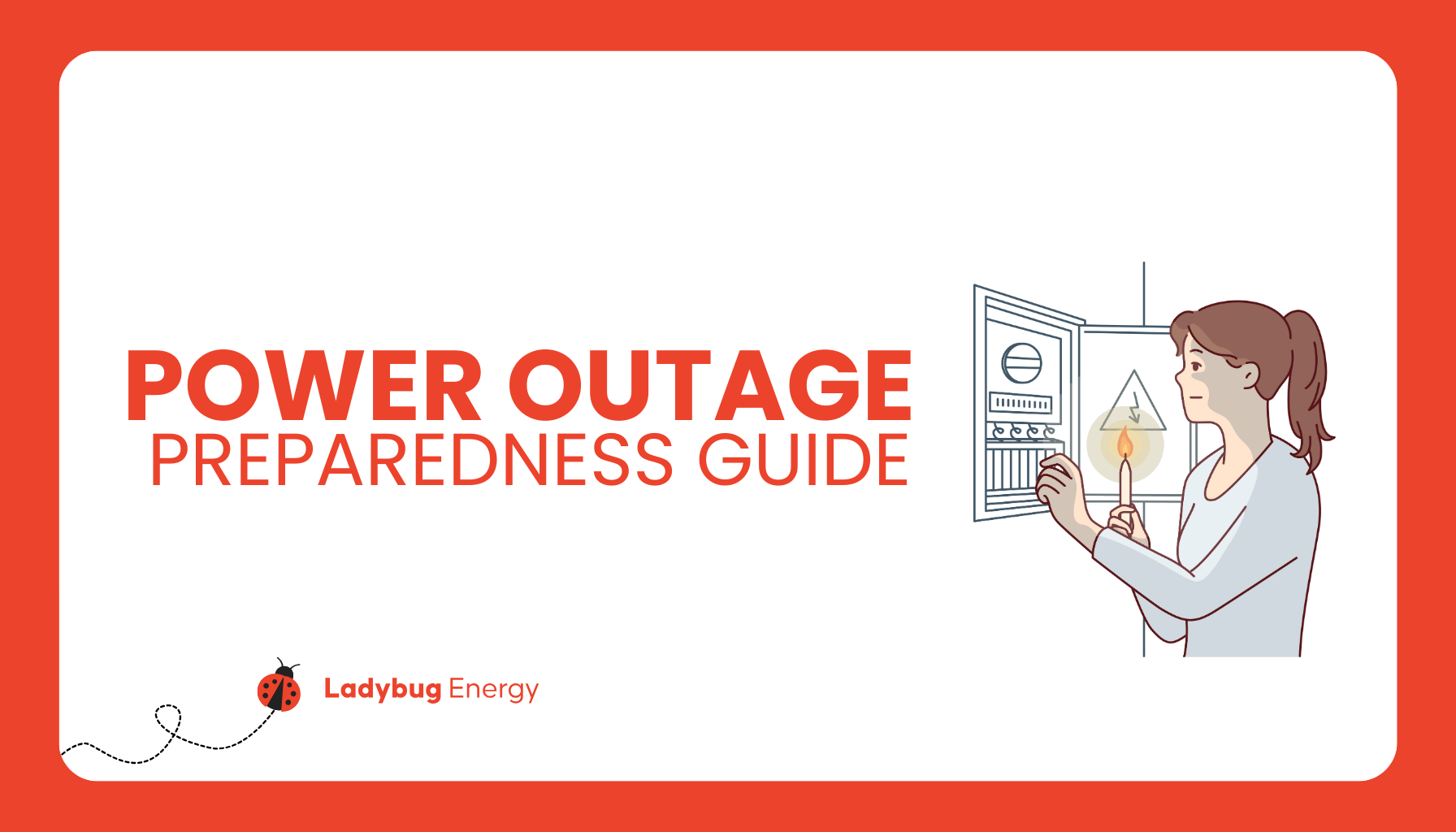
February 26, 2024
Power Outage Preparedness: A Complete Guide
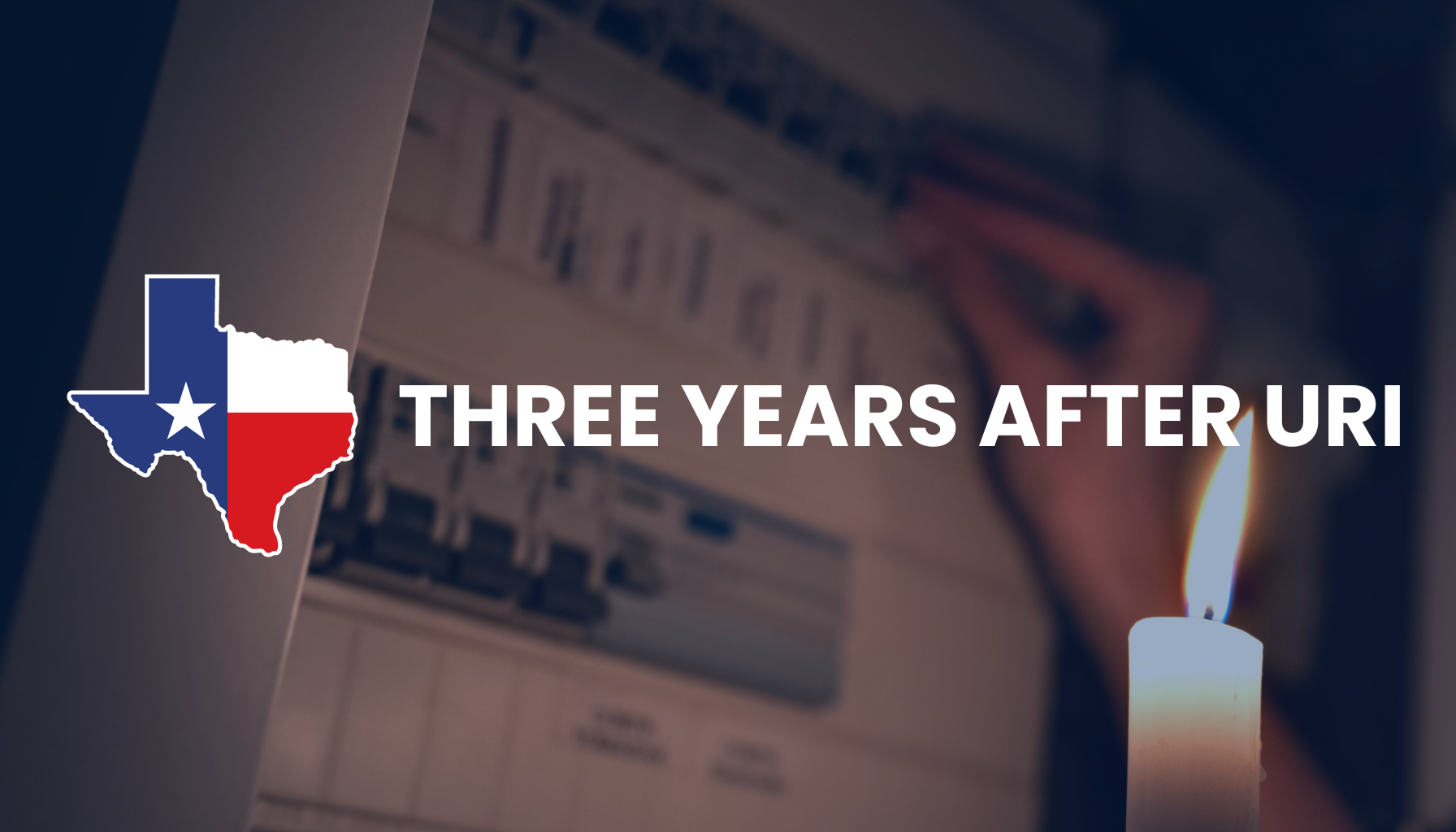
February 9, 2024
Three Years After Uri: How Texans Can Help Prevent Future Power Outages

January 11, 2024
Best Energy Saving Devices for Your Home: From Smart Tech to LED Bulbs

November 28, 2023
How to Read an Electricity Facts Label (EFL)
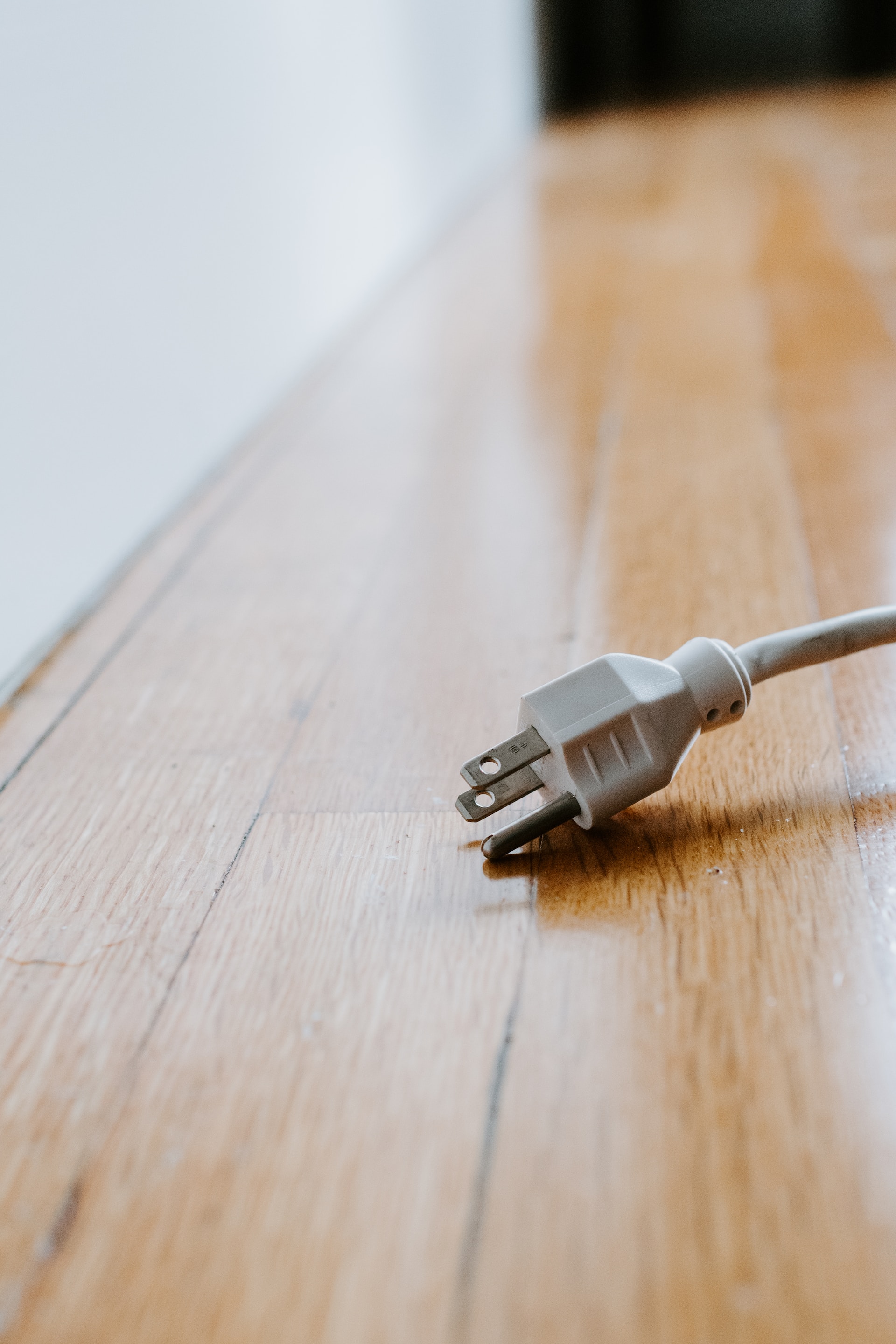
September 12, 2023
How Long Can a Landlord Leave You Without Electricity: What Tenants and Landlords Need to Know
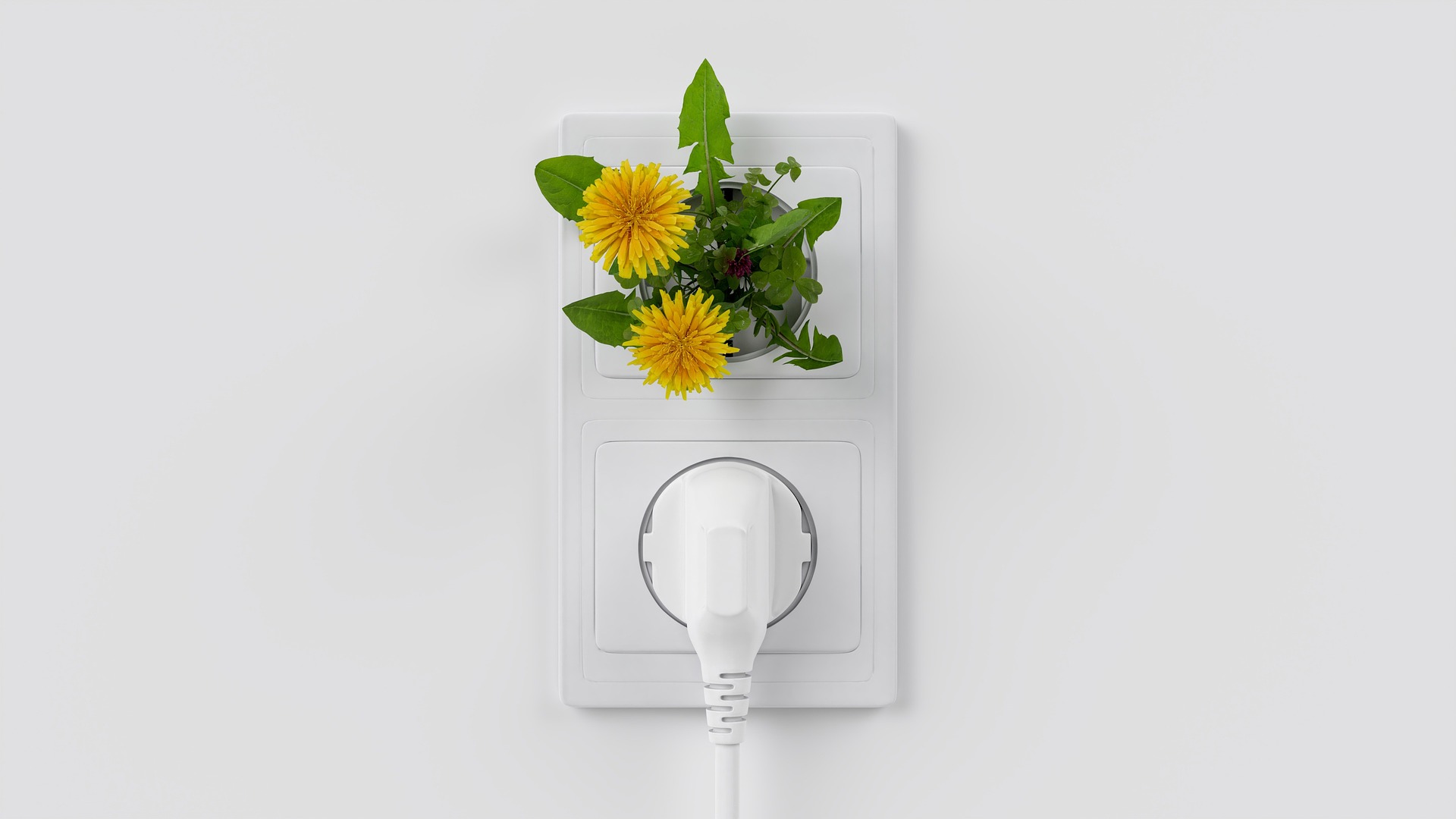
August 21, 2023
Childproofing Electricity: A Parent's Guide to Safeguarding Kids from Electrical Dangers

July 19, 2023
Does Closing Off Rooms Save Heat? An Energy Efficiency Discussion
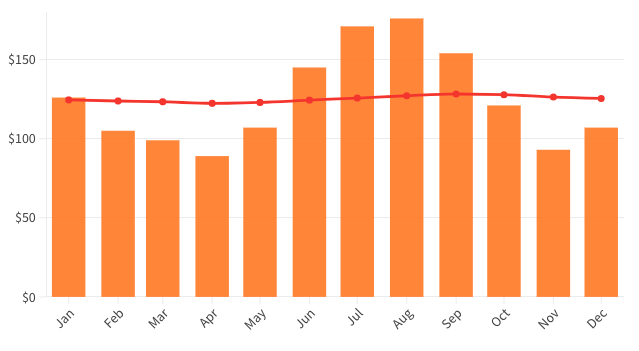
July 19, 2023